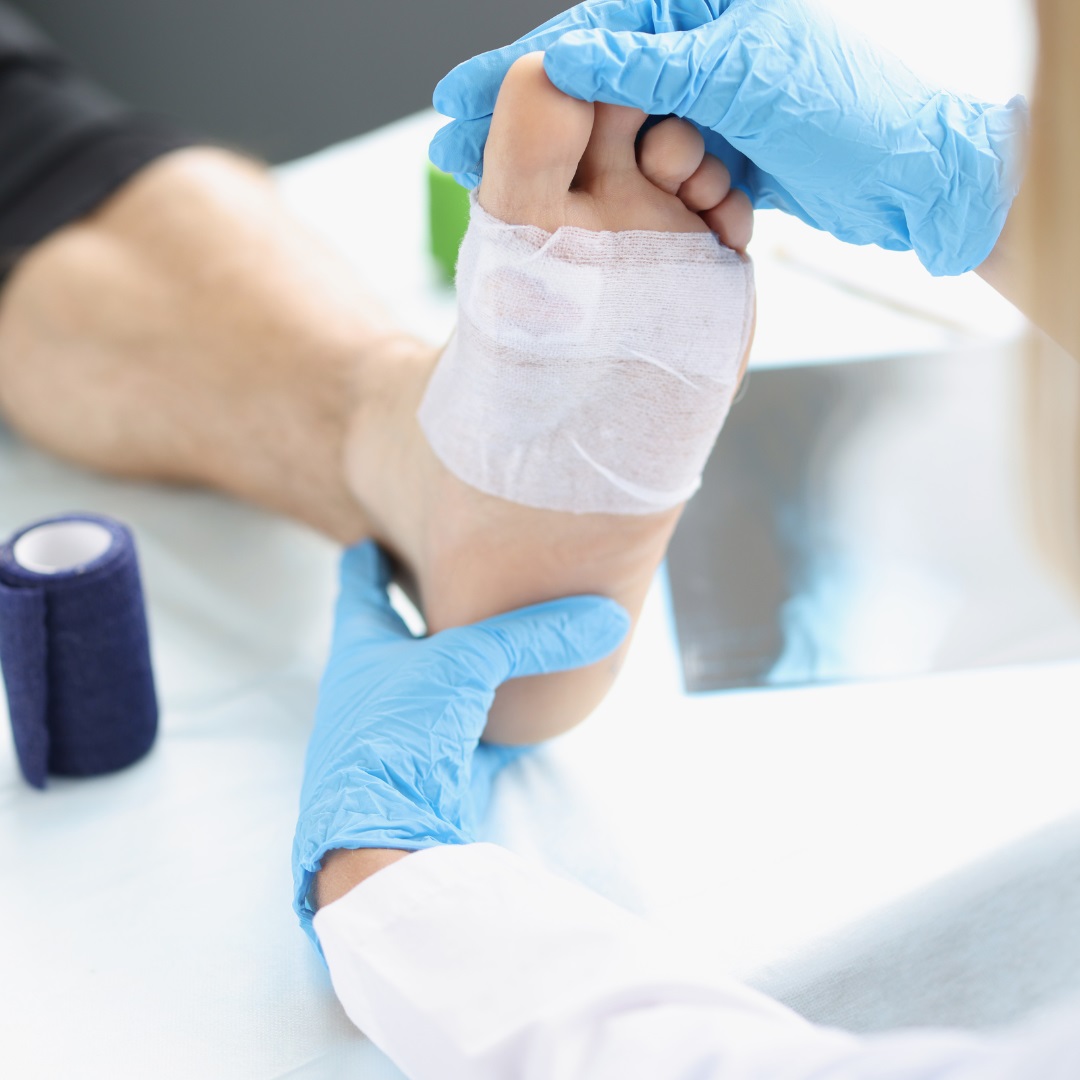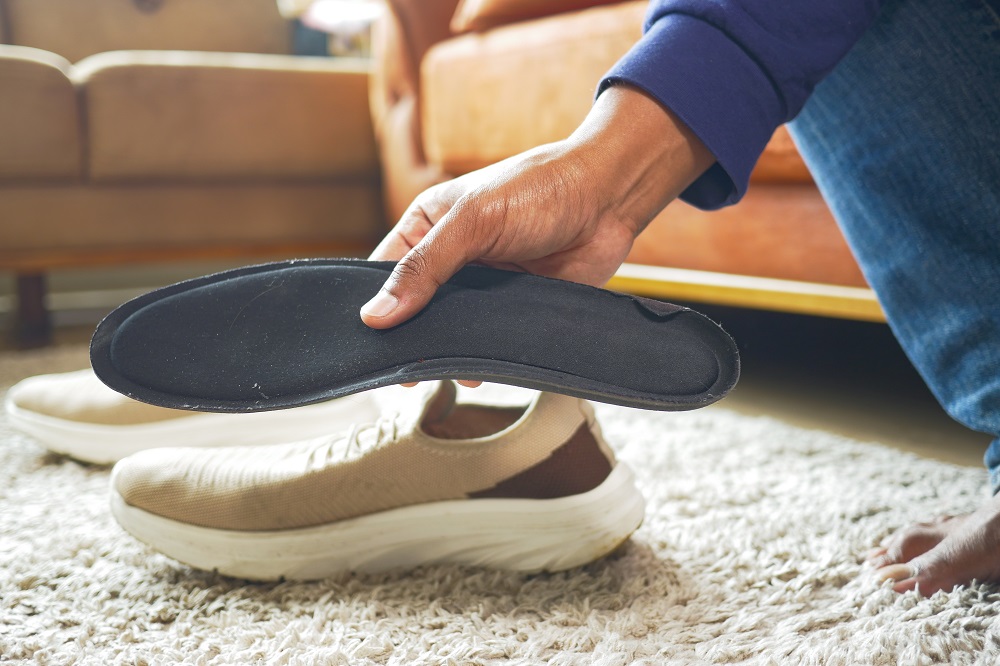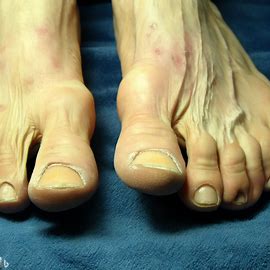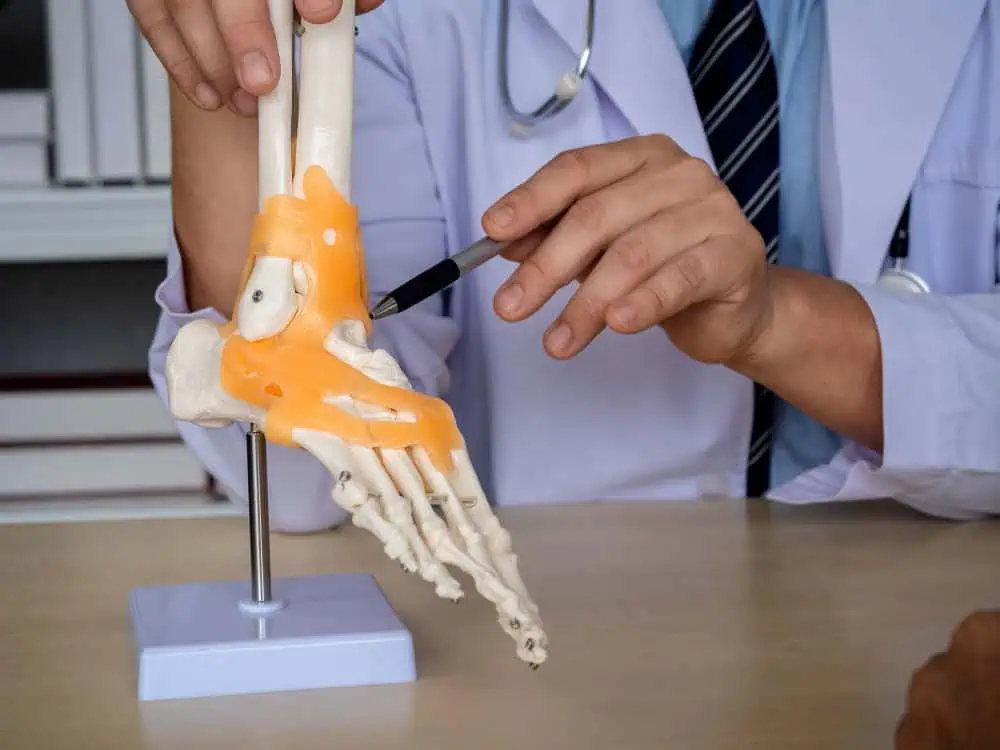Open wounds on diabetic feet is a significant and often expensive problem to treat. Diabetic foot wounds, according to Medscape, direct costs for these specific wounds are $9-13 million dollars yearly. [1] While we have many different modalities for treating wounds, one treatment type stands out, skin grafts.
A Cochrane review done in February 2016 indicated that these grafts are effective in increasing healing rates.[2] However, long term success, and cost effectiveness remains uncertain. The grafts themselves are expensive, running between a few hundred to a few thousand dollars. However, the overall cost to the community of diabetic wounds is astronomical. These range from $11,710 to $16,883 per patient with a foot ulcer. [3]
When one says skin graft, most people naturally are thinking autografts. These are skin grafts that come from the patient. Skin, removed from another area such as the thigh, is transplanted over a wound. This treatment originated 3000 years ago in India. In 1804, an Italian surgeon, Boronio performed a full thickness graft on a sheep. However, it was 1823 when Bunger reconstructed a nose with graft that these started to be used on a regular basis in medicine.[4] While these remain a popular option for burns and traumatic wounds, it has fallen out of favor in diabetic foot wounds due to the high comorbidities, such as graft site infection. I always tell my own patients that I am not a big fan of making a new wound to fix an old wound.
Allografts are grafts from the same species, placed on a different individual. We often us a product called Theraskin, which is cadaveric skin.[5] While this is actual human skin, it doesn’t incorporate as well as autograft, and may require several applications. Apligraf® is a unique, advanced treatment for healing. It is created from cells taken from fetal foreskin, that are cultured and grown to form healthy human skin.[6] It is actually alive in a dish when it arrives, and must be applied in a specified time frame, or it will die.
Xenografts are a group of grafts that are made from animal products. These include fish skins, cow bladder, pig intestine, etc. These contain collage that is the building blood for skin, and often work as scaffolding, helping wounds heal but providing the building blocks for skin.
The latest groups of grafts are amniotic. These are grafts made from placenta, umbilical cord, or amniotic sac. These are harvested at birth, prepared to remove all diseases and viruses, then transplanted into wounds. These are the grafts that possess stem cells, and help the wound develop its own skin.
Not every wound responds to every treatment, and not all wounds were alike. The challenge wound care physicians face is using an appropriate graft in the correct situation. Venous wounds, arterial wounds, traumatic wounds, etc. will respond differently to treatments. Only a skilled, experienced physician, who deals with large quantities of wounds on a regular basis, can tell you which one of the grafts may be right for your wound. Due to the high costs of these products, this is critical, because applying the wrong product may actually make the wound worse, delaying healing, increasing the risk of infection or amputation.
If you have questions about your wound, or if you need treatment for a chronic wound, call our experts, and we will do everything we can to prevent complications, reduce amputation risk, and help treat the wound.
[1] http://www.medscape.com/viewarticle/821908
[2] http://www.cochrane.org/CD011255/WOUNDS_skin-grafting-and-tissue-replacement-treating-foot-ulcers-people-diabetes
[3] http://www.medscape.com/viewarticle/821908
[4] http://plasticsurgery.stanford.edu/content/dam/sm/plasticsurgery/documents/education/microsurgery/FlapsSelectedReadings.pdf
[5] http://theraskin.com/
[6] http://www.apligraf.com/patient/what_is_apligraf/what_is_apligraf.html




